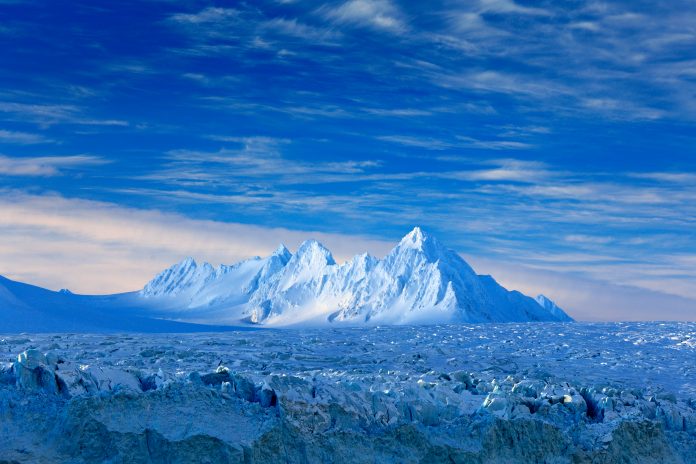Scientists have discovered microplastics in the largest European ice cap – which can influence the way that glaciers melt and behave, impacting rising sea levels
Researchers from Reykjavik University (RU), the University of Gothenburg, and the Icelandic Meteorological Office have found microplastics in a previously remote, untouched area in Europe.
The Vatnajokull glacier in Iceland is Europe’s largest ice cap. If it melts, it will create a significant rise in sea levels.
Microplastics are notoriously difficult to remove from water, requiring chemical interventions and then disposal of the accumulated particles. They enter the human body, slowly infecting organs as the immune system breaks down these foreign entities – releasing harmful chemicals.
When it comes to bodies of water, researchers and activists often focus on the live ones. The Bay of Bengal is constantly bringing in three billion tonnes of microplastics. This then flows through India and harm the immune systems of millions of people, who depend on the river. And then when it comes to ‘pristine landscapes’, often there are Indigenous communities who have been working on the land for generations. In conservation discussions, their work is often left out.
In contrast, there is relatively little research about the relationship between microplastics and ice. Currently, microplastics have been found in the Italian Alps, in the Ecuadorian Andes and icebergs at Svalbard.
How the microplastics got into the largest glacier in Europe is a fresh mystery for the team.
‘Is the plastic carried by snow and rain?’
Dr Hlynur Stefansson, Associate Professor at the RU Department of Engineering and first author of the article, said: “We do not understand well enough the pathways for microplastic particles in our environment. Is the plastic carried by snow and rain? We need to know more about the causes.
“The samples we took are from a very remote and pristine location in Vatnajokull glacier, with no easy access, so direct pollution from human activity is unlikely.”
‘Plastic particles degrade very slowly in the cold’
Dr Stefansson also questions how the plastics will change the atmosphere around them.
He further commented: “We also need to know much more about the short and long-term effects of microplastic on the dynamics of the ice and if they contribute to the melting of glaciers. If that is the case, it will play a critical role in future meltwater contribution to the oceans and rising sea levels.
“The plastic particles degrade very slowly in the cold glacier environment and can accumulate and persist in the glaciers for a very long time. Eventually, however, they will be released from the ice, contributing to pollution in rivers and the marine environment. It is therefore very important to map and understand the presence and dispersal of microplastics in glaciers on a global scale.”











